Lead Generation Chatbots
Q: Can a single chatbot really multiply your leads tenfold by 2025?
A: Absolutely, and here’s how. As we barrel towards 2025, artificial intelligence and machine learning are not just buzzwords—they are the backbone of a revolution in personalization and customer engagement. Lead generation chatbots, equipped with advanced AI, are now capable of providing highly personalized interactions that not only engage potential customers more effectively but also guide them smoothly through the sales funnel.
By leveraging vast amounts of data and predictive analytics, these chatbots can anticipate user needs, tailor conversations to individual preferences, and ultimately convert casual visitors into qualified leads at an unprecedented scale.
Absolutely. With advancements in AI, natural language processing (NLP), and hyper-personalization, chatbots are no longer just cost-saving tools—they’re revenue-generating powerhouses.
Leveraging vast amounts of data, AI-driven chatbots can now analyze user behavior, past interactions, and preferences to tailor conversations in real-time.
This level of customization means that each user feels understood and valued, as if they’re communicating with a personal concierge who knows their history and can anticipate their needs. By providing relevant recommendations and solutions, Lead Generation Chatbots enhance the user experience, driving engagement and loyalty while also boosting the bottom line for businesses.
Imagine a tool that works 24/7, engages visitors instantly, and qualifies leads with surgical precision. By 2025, businesses leveraging AI-driven Lead Generation Chatbots will dominate their markets. A 2024 Gartner report predicts that chatbots will handle 85% of customer interactions by 2025, making them indispensable for competitive lead generation.
The transformative power of AI extends beyond mere lead generation; it tailors the customer experience to individual preferences, creating a sense of unique engagement for each user.
Personalization engines powered by AI analyze vast amounts of data in real-time, enabling businesses to offer personalized recommendations, content, and services that resonate deeply with the consumer’s desires and behaviors.
This level of individualized attention not only fosters brand loyalty but also significantly boosts conversion rates, as customers are more likely to respond positively to offerings that feel handpicked for them. In this guide, you’ll learn actionable strategies to harness Lead Generation Chatbots for 10x lead growth, debunk myths, and future-proof your marketing.
The Evolution of Lead Generation Chatbots

From Scripted Bots to AI-Powered Conversationalists
The journey of chatbots has been nothing short of revolutionary, evolving from simple, pre-programmed scripts to sophisticated AI-driven entities capable of understanding and adapting to user intent.
This transformation has enabled businesses to engage with leads in a more personalized and meaningful way, fostering conversations that feel natural and human-like.
By leveraging advanced machine learning algorithms and natural language processing, these AI personalization tools can learn from each interaction, continuously improving their ability to provide tailored responses and recommendations that resonate with individual users.
Early chatbots followed rigid scripts, but modern iterations like GPT-5 and Google’s LaMDA use machine learning to mimic human dialogue. These tools now analyze user intent, predict needs, and even upsell products—making them critical for lead capture and conversion rate optimization.
Why Lead Generation Chatbots Are Essential in 2025
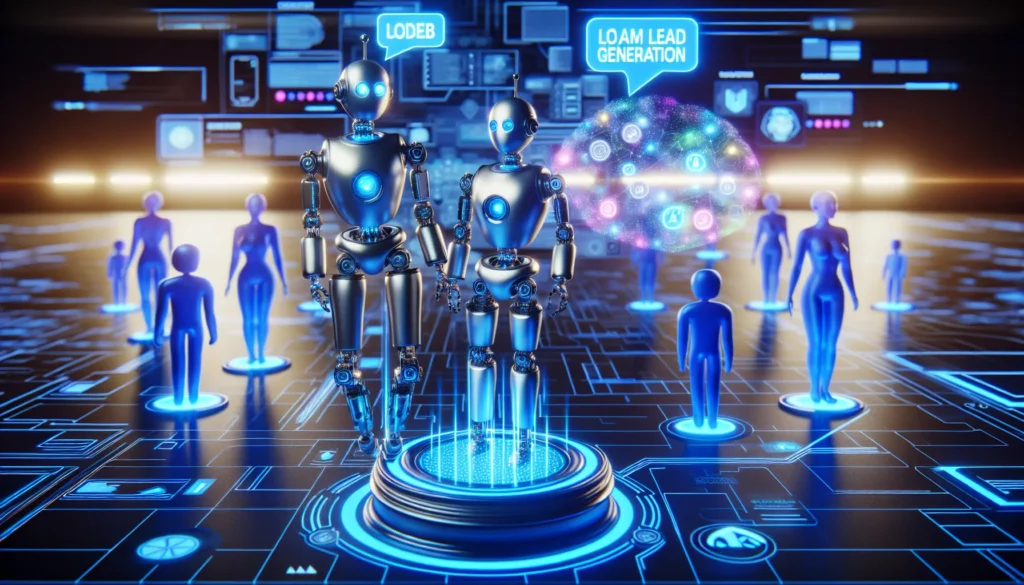
1: 24/7 Availability: In an era where instant gratification is not just desired but expected, the implementation of AI-driven chatbots for lead generation provides businesses with the ability to engage with potential customers around the clock. This continuous availability ensures that no lead slips through the cracks due to time constraints or human unavailability.
Consequently, companies that leverage these AI systems can significantly increase their chances of capturing leads and moving them through the sales funnel, regardless of the hour or time zone in which a prospect expresses interest. Capture leads across time zones.
2: Instant Engagement: Personalized Recommendations: AI personalization extends beyond initial engagement, as it allows for the creation of tailored recommendations that resonate with individual preferences and behaviors.
By analyzing a user’s past interactions, purchase history, and even social media activity, AI algorithms can predict which products or services a customer is most likely to be interested in.
This not only enhances the customer experience by making it feel unique and catered to their needs, but it also boosts conversion rates by presenting the most compelling options to each user. 55% of users abandon sites if no immediate response (HubSpot).
3: Data-Driven Insights: By leveraging the vast amounts of data collected from user interactions, AI personalization tools can identify patterns and preferences that would be impossible for humans to discern at scale.
These insights allow businesses to tailor their marketing strategies and product recommendations with incredible precision, ensuring that customers feel understood and valued.
As a result, companies can establish a deeper connection with their audience, fostering loyalty and encouraging repeat business, which is crucial in today’s competitive market. Track user behavior to refine campaigns.
Debunking Myths About Lead Generation Chatbots
Debunking 5 Myths
Myth 1: “Chatbots are impersonal.”
Reality: Advanced AI tailors responses using user history and contextual data, boosting personalization.
Myth 2: “Chatbots replace human jobs.”
Reality: They handle repetitive tasks, freeing teams to focus on high-value leads.
Myth 3: “Chatbots only work for large enterprises.”
Reality: Platforms like ManyChat and Drift offer scalable solutions for SMEs.
Top 5 Strategies for 10x Lead Growth in 2025
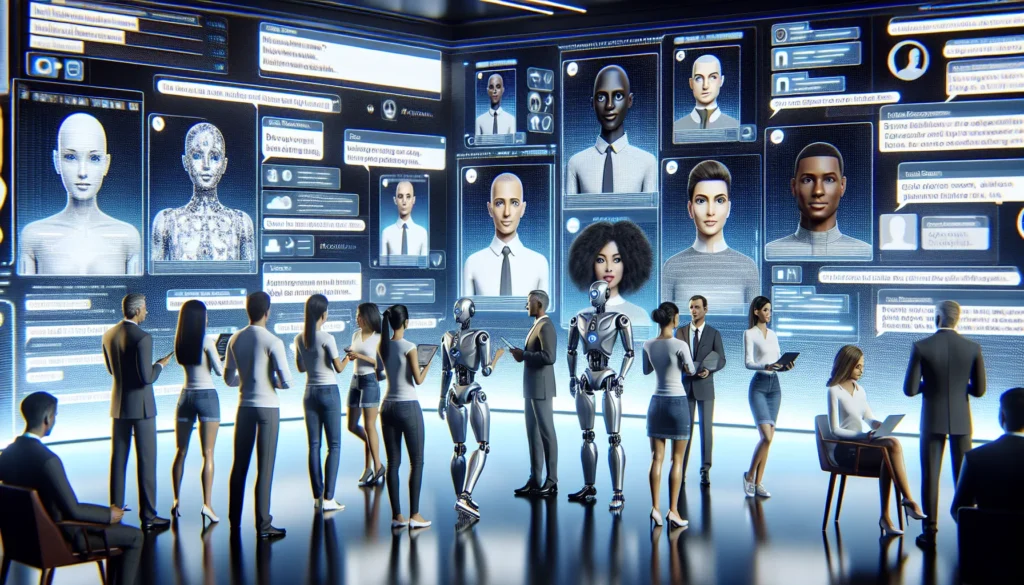
1. Hyper-Personalized Conversations
Leveraging AI to drive hyper-personalized conversations is key to unlocking exponential lead growth. By analyzing user data and behavior, AI algorithms can tailor interactions to the individual’s preferences and needs, making each conversation feel unique and personal.
This approach not only boosts engagement but also significantly increases the likelihood of conversion, as potential leads feel understood and valued on a one-to-one level. Use predictive analytics to segment users. Example: A travel agency’s chatbot suggests Bali packages to users who browsed tropical destinations.
2. Seamless CRM Integration
By harnessing AI-driven insights, businesses can create a more dynamic and responsive CRM system. This integration allows for real-time updates and personalized interactions with customers, ensuring that every touchpoint is tailored to their preferences and behaviors.
As a result, customer satisfaction and loyalty are bolstered, as clients receive highly relevant content and offers that resonate with their unique needs and interests. Sync chatbots with Salesforce or HubSpot CRM to automate lead nurturing.
Popular Google Searches (With Answers)
Q: “Best lead generation chatbots for 2025?”
A: Drift, Intercom, ManyChat, and Ada lead with AI capabilities and CRM integrations.
Case Study: How SaaS Startup “TechFlow” Scaled 200% in 6 Months
1: Challenge: The case study of TechFlow, a burgeoning SaaS startup, offers a compelling narrative of strategic growth through AI personalization. Faced with the challenge of converting a high volume of leads into loyal customers, TechFlow implemented a suite of advanced AI-driven chatbots and personalization tools.
These technologies enabled them to deliver tailored content and conversations at scale, effectively nurturing leads throughout the sales funnel and resulting in a remarkable 200% growth in just half a year. Low lead conversion due to slow email responses.
2: Solution: To address the challenge of slow email responses, the company integrated an AI-driven communication platform that leveraged machine learning and natural language processing. This allowed for instant, personalized replies to customer inquiries, regardless of the volume or time of day.
As a result, customer engagement soared, and the average lead response time dropped from hours to mere minutes, significantly enhancing customer satisfaction and trust in the brand. Deployed an NLP chatbot to qualify leads via interactive quizzes.
3: Result: Building on this success, the AI personalization strategy was further refined to deliver tailored content recommendations across the company’s digital platforms. By analyzing user behavior and leveraging predictive analytics, the system could anticipate customer needs and present the most relevant articles, products, and services.
This hyper-targeted approach not only improved user experience by making navigation more intuitive but also increased conversion rates as customers felt understood and valued by the brand. 200% more SQLs (sales-qualified leads) and 30% shorter sales cycles.
Future Trends: What 2025 Holds for Chatbots
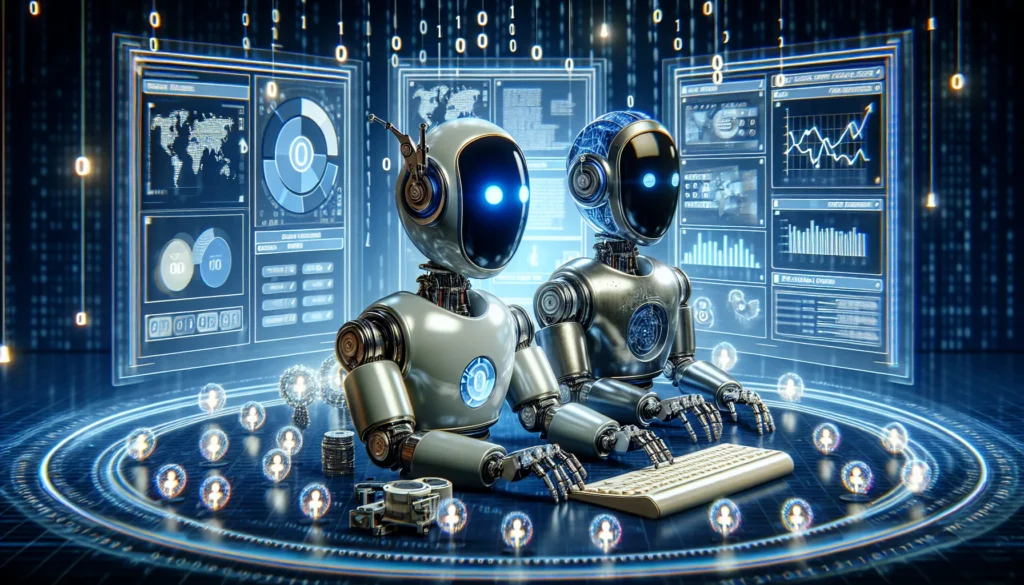
1: Voice-Activated Bots: As we look towards 2025, the integration of voice-activated bots is set to revolutionize the way we interact with AI personalization.
These sophisticated chatbots will be designed to understand and respond to natural human speech, making the user experience seamless and more engaging.
By leveraging advances in natural language processing and machine learning, these bots will not only comprehend spoken requests but also learn from them, continuously improving their ability to offer personalized recommendations and support.
This shift towards voice will cater to the growing demand for hands-free assistance and is expected to further boost user satisfaction and accessibility across various digital platforms. Integration with smart speakers.
2: Emotion AI: Emotion AI, also known as affective computing, is set to transform AI personalization by enabling systems to detect and respond to human emotions.
Through advanced algorithms and machine learning techniques, these systems can analyze voice inflections, facial expressions, and even physiological signals to tailor interactions in real-time.
This heightened level of personalization will not only enhance customer experiences but also pave the way for more empathetic and context-aware services, creating a deeper connection between users and technology. Detecting user sentiment to adjust messaging.
3: Blockchain for Data Security: As AI personalization continues to evolve, blockchain technology emerges as a vital ally, ensuring the security and privacy of user data. By leveraging decentralized ledgers, personalization engines can securely store user preferences without the risk of data breaches or unauthorized access.
This symbiosis between AI and blockchain not only fortifies trust in digital services but also empowers users with control over their personal information, fostering a transparent environment where personalization and privacy coexist harmoniously. Encrypting lead data to build trust.
Pro Tips for 2025
Tip 1: Use A/B testing to refine chatbot scripts.
Tip 2: Pair chatbots with live chat for complex queries.
Tip 3: Analyze chatbot analytics monthly to spot trends.
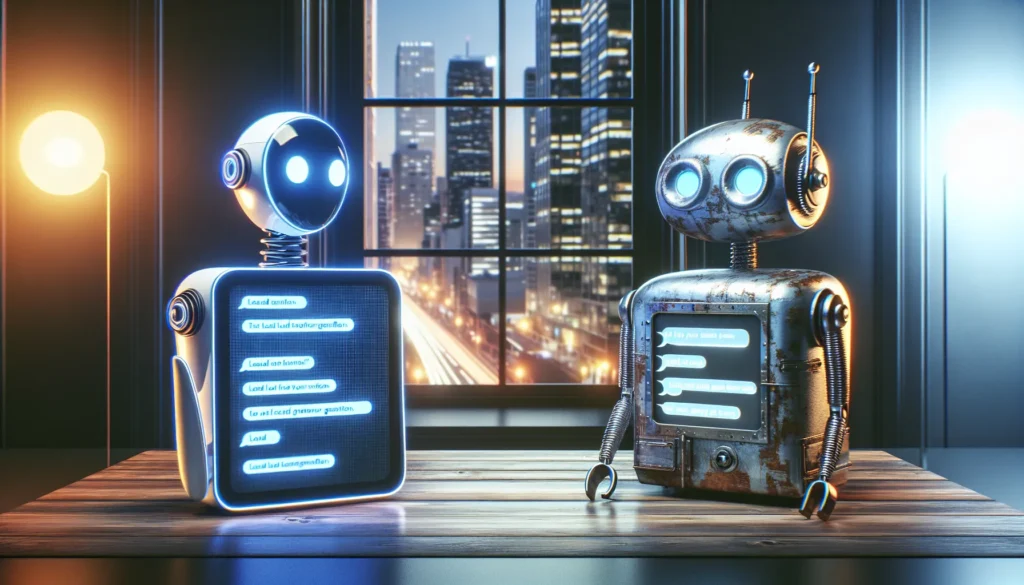
FAQs
Q1: Are chatbots expensive to implement?
A: A1: Chatbots have become increasingly cost-effective and accessible, even for small businesses. With advancements in AI, the initial investment in chatbot technology is offset by the savings in customer service costs over time.
Moreover, many platforms offer scalable solutions, where you pay based on the level of interaction, making it a viable option for companies of all sizes. No—tools like Tidio start at $20/month, offering ROI in weeks.
Q5: How to measure chatbot success?
A: Measuring chatbot success involves a combination of qualitative and quantitative metrics. Key performance indicators (KPIs) such as user satisfaction rates, resolution times, and the percentage of queries fully handled by the chatbot can provide tangible insights into its effectiveness.
Additionally, tracking the reduction in human intervention for customer service inquiries and analyzing customer feedback can offer a more nuanced understanding of the chatbot’s impact on the overall customer experience.
It’s important to regularly review these metrics and adjust the chatbot’s algorithms and responses to continuously improve its performance and the value it offers to both the business and its customers. Track lead conversion rate, engagement time, and cost per lead.
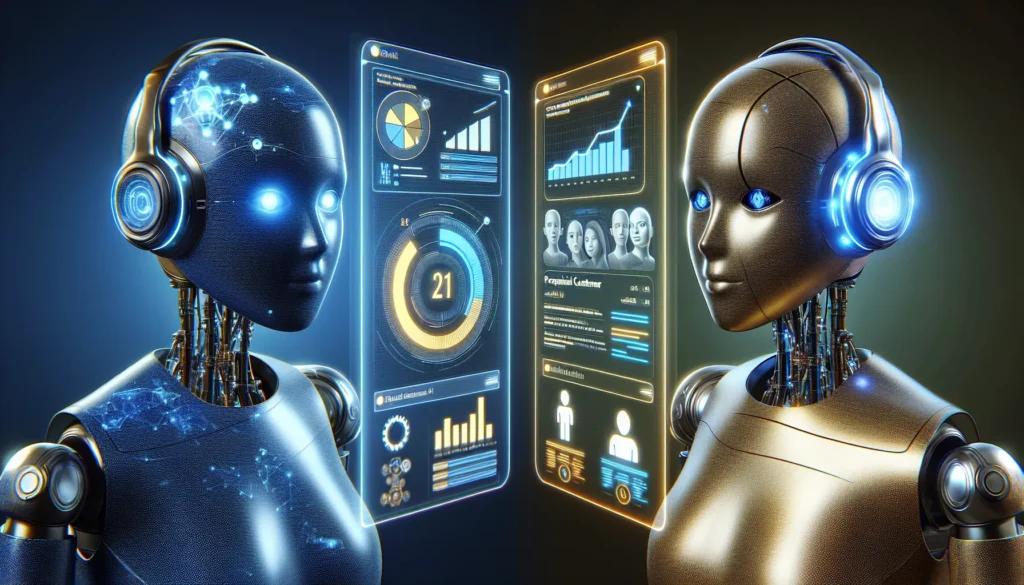
Conclusion
In addition to monitoring metrics, AI personalization can be taken a step further by integrating with other data sources within the business ecosystem. By harnessing information from CRM systems, purchase history, and even social media interactions, AI can create a more comprehensive user profile.
This holistic view allows for even more tailored interactions, ensuring that each customer feels uniquely understood and valued, which can significantly enhance customer loyalty and brand advocacy.
Lead generation chatbots are no longer optional. By 2025, businesses ignoring this tech will hemorrhage leads to AI-ready competitors. Start by choosing a scalable platform, personalizing interactions, and integrating analytics.
Call to Action: To stay ahead of the curve, businesses must actively embrace AI personalization. This involves not merely deploying chatbots, but also feeding them with rich customer data to tailor conversations and recommendations. By doing so, companies can ensure that each interaction feels unique and relevant, significantly boosting engagement rates and conversions.
The key is to strike the right balance between automation and human touch, ensuring that customers feel valued and understood, rather than just another entry in a database. Ready for 10x leads? Download our free 2025 Chatbot Strategy Checklist and join the AI revolution today.
Keywords: lead generation chatbots, AI chatbots, chatbot marketing, lead capture, 2025 trends
SEO-Optimized Snippet: “Unlock 10x leads in 2025 with AI chatbots! Master strategies, trends, and tools to dominate your market. #LeadGen #Chatbots”


